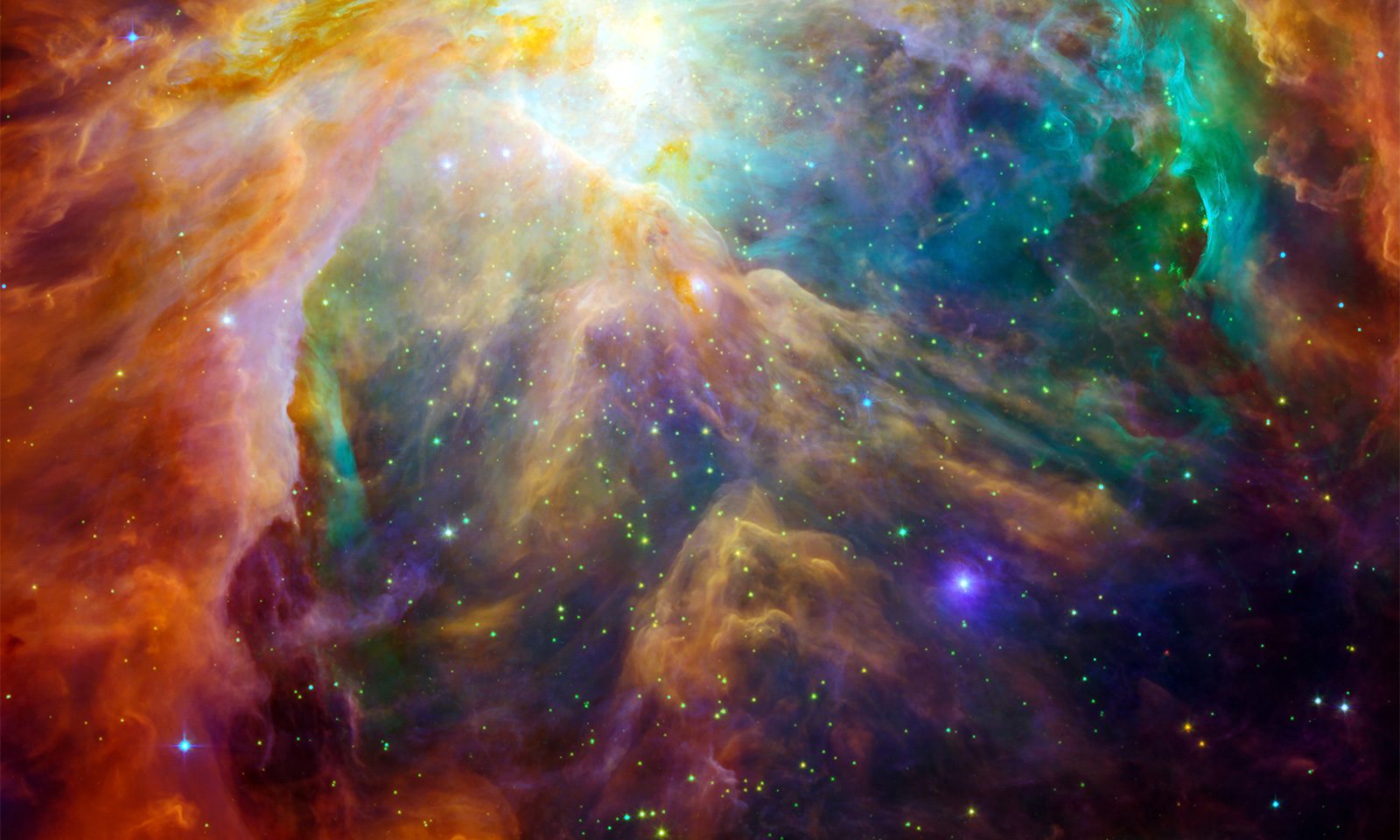Astrology like human existence has a history. While some will say that astrology is a pseudo-science that interprets the supposed effect of the heavenly bodies on human existence many see it as a way to gain a greater understanding of who they are and where they are going.
While astronomy is the study of the sun, moon and stars, astrology is how those planets and astronomical occurrences affect our everyday lives. It wasn’t so long ago that both astrology and astronomy went hand in hand and were considered the same caliber of importance. Astrology and astronomy were both taught together. Today, however, they both have shifted to their own field of study, yet astrology is still very much linked to astronomy and the planets involvement in our daily lives.
So how did astrology begin?
Early evidence of astrology appears as marking on bones and on cave walls which depict the lunar cycle. Omens and other tell-tell astrological evidence was jotted down and studied, then passed on from one person to another.
The first omens based on astronomical events are found around 300 – 400 BC on Mesopotamian clay tablets that were discovered in Mesopotamia. Some of what was found on the clay tablets included omens and the planets positioning and how it would affect human life. One tablet explains: “If Venus comes close to Scorpio, winds which are not good will blow.”
THE ZODIAC:
The word “Zodiac” derived from the Greek word meaning “Circle of Animals” and is believed to have been developed in ancient Egypt and later adopted by the Babylonians. This is interesting when you consider the Chinese Zodiac and how there are also animals and creatures that rule the Chinese year as well. No matter what astrological charts you look at, it seems evident that the zodiac began sometime during the 2nd millennium BC by the Babylonians or the Egyptians.
The zodiac originated as a device for measuring time and seasons. Traditionally the signs of the zodiac have been associated with particular activities relevant to their time of the year. Ancient astrologers believed the earth had a birthday and when it was born “Aries” was in mid-heaven and mid-heaven is as it were the vortex of the world. Aries was therefore held to be the first of all the signs, one that just appeared like the head of the world at the beginning of time. The entry of the Sun into Aries on or around March 21 marks the start of the astrological New Year.
Myths connected with the different signs of the zodiac came from a wide variety of sources. The Ram came from Egypt, the Bull came from Babylon, and the Goat came from Assyria.
HOROSCOPES and BIRTH CHARTS:
The First known horoscope was made in 400 BC. The horoscope means “I watch that which is rising” and comes from the Greek word “Hoscopos.” In 365 BC Plato wrote about astrology and how the signs were ruled by the gods and goddesses and linked many myths from Babylon, Egypt, and Assyria.
Astrology was invented by historical figures like Pythagoras (570 -495 BC) and continued with Plato (425-348 BC) and passed on to Aristotle (384-322 BC) then to Enid (350- 250 BC). This was the time of Platonic thinking and the purity of abstract thinking. Up until the 17th Century astrology was considered a scholarly tradition and linked with astronomy.
The idea of a birth chart began during the Achaemenid period 550-330 BC and started with the Nativity omens, the clay tablets found in Mesopotamia and progressed to the birth charts we see today.
TIME TABLE FOR ASTROLOGY:
• Omens: 2500- 500 BC
• Transition and New Modeling: 500- 100 BC
• Hellenistic: 200 BC- 600 AD
• Medieval: 500-1500 BC (Arabic and Europe started in the 1200’s)
• Renaissance: 1400-1600 (Kepler 1600’s)
• Waning Period: 1600- 1750
• Dry Period: 1750- 1900
• Theosophical Revival: 1900-1940
• Humanism: 1960- 1980
• Scientific: 1970- 1980
• Diversification: 1990 – Present
No two astrology systems are entirely distinct, and some astrologers use hybrid systems. This is probably why the Chinese zodiac is so similar to that of the western zodiac. Both use animals to depict the seasons and 12 months of the year. Yet they differ as far as elements are concerned. The Chinese zodiac has five elements instead of the western four. Both are very similar and could be an example of a hybrid system.
The interest in astrology has come in waves. While it has always seemed persistent throughout several centuries, it does occasionally dip in popularity, but always comes back stronger than ever. Today, in nearly every country, astrology is highly sought after. That is why every newspaper offers a column specifically for horoscopes. While some may think that astrology is nonsense, others know that the gravitational forces can be charted through astrology and interpreted through birth charts and horoscopes.
Interest in astrology has persisted throughout the centuries, occasionally falling out of favor but always rebounding. Today, with practitioners in nearly every country, astrology’s popularity is stronger than ever. It doesn’t matter if you think it is bogus, there are those who feel the planets influence and believe that the universe has something wonderful in store for them and their lives. The ancient ways may be all but gone, but astrology has survived. If it was false, do you really think it would continue to thrive in this day and age? The universe holds secrets, what those are, only astrology can decipher.





